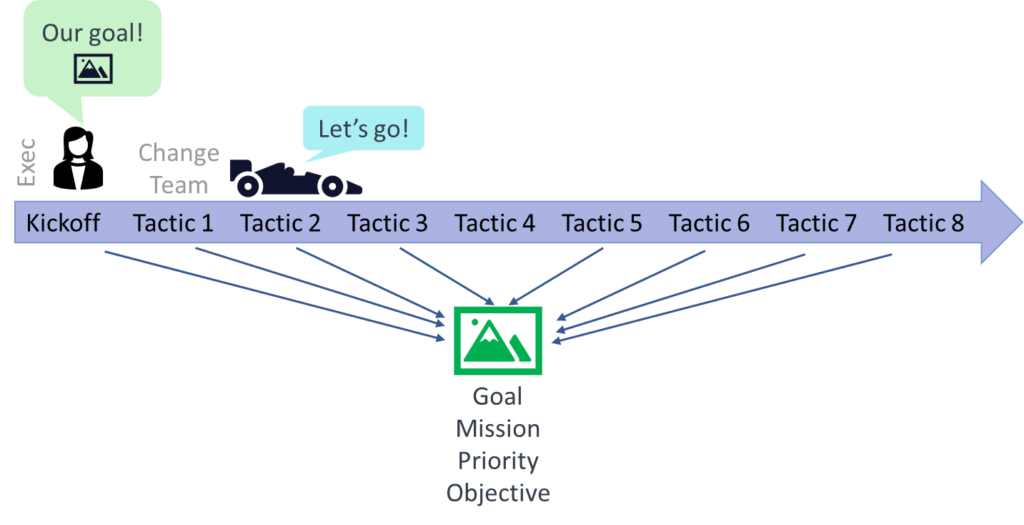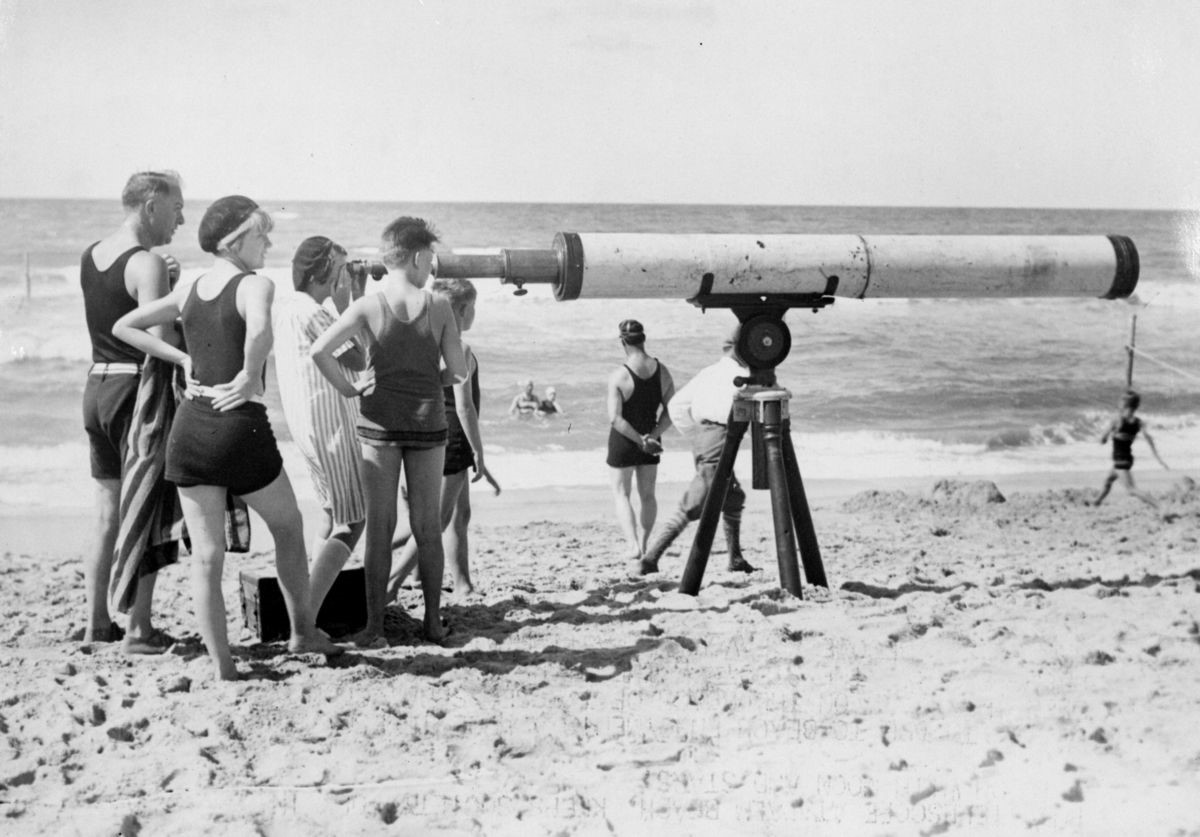The Weather Network shared a report that 259 people died between 2011 and 2017 in attempts to capture the perfect selfie. Eleven of them were going for the perfect shot at the Grand Canyon.
They should have been looking up when they were looking down.
This is the same problem faced by many boards. The executive team has to continually remove them from fiddling with operations. Boards need to keep their heads up.
So do change leaders.
We begin with the scope of a change, and if doing it right, ensure a very strong connection with the strategic priorities of the organization. Then we begin planning the operations – our tactics for moving people through change. Next comes execution and we can find ourselves buried in all regular communications (weekly newsletters are a lot of work! :-), executive updates and coaching, demos, training, surveys, and so on…
It’s a basic point, but worth reiterating. For every leader, from the bottom to the top of the organization, we have to keep a clear connection between two perspectives: the short- and the long-term view; the operational and the strategic. I need tasks done today, in service of the greater goal for tomorrow.

Great leaders paint a vivid picture of the future to inspire employees, but change practitioners and frontline people (those we want to influence) can find it difficult to keep long-term goals in mind when they are buried in daily demands. They need constant reminders. That’s our job as leaders.
At every step of the way we connect our actions with the goal. We never stop pointing forward. We never stop encouraging people. We never stop demonstrating that the end goal is important.
If you asked your people today what the point of their work is, could they tell you?
Thoughtfully yours,
Jeff Skipper



